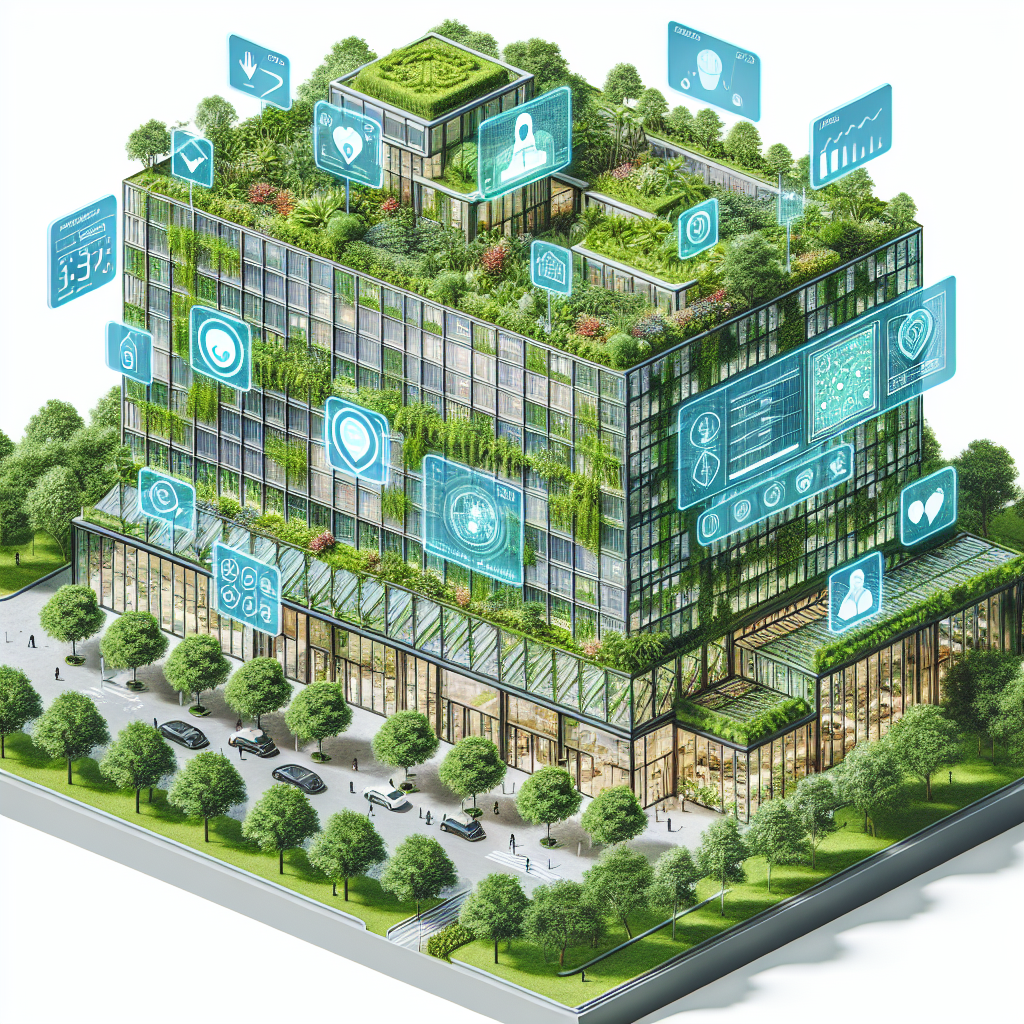The Role of AI in Designing Healthy Buildings
With the increasing focus on health and wellness in building design, the role of artificial intelligence (AI) is becoming more prominent. AI has the potential to revolutionize the way buildings are designed, constructed, and operated to promote health and well-being. From improving indoor air quality to optimizing natural light and ventilation, AI can play a key role in creating healthier and more sustainable buildings.
One of the key areas where AI can make a significant impact is in the design of ventilation systems. Poor indoor air quality can have a negative impact on the health and well-being of building occupants, leading to respiratory issues, allergies, and other health problems. By using AI algorithms to analyze data on air quality, temperature, and humidity, designers can optimize ventilation systems to ensure a healthy indoor environment.
AI can also be used to optimize natural light in buildings, which has been shown to have a positive impact on mood, productivity, and overall well-being. By analyzing data on the location of windows, the orientation of the building, and the surrounding environment, AI algorithms can help designers maximize natural light exposure while minimizing glare and heat gain.
In addition to improving indoor air quality and natural light, AI can also play a role in optimizing the layout and design of buildings to promote physical activity and reduce sedentary behavior. By analyzing data on the flow of people through a building, designers can create spaces that encourage movement and activity, such as staircases that are centrally located and well-lit, or open-plan workspaces that promote collaboration and interaction.
Furthermore, AI can be used to optimize the use of materials and resources in building design, helping to reduce waste and minimize the environmental impact of construction. By analyzing data on the availability and cost of materials, as well as the energy efficiency of different building systems, AI algorithms can help designers make more sustainable choices in the design and construction of buildings.
Overall, the role of AI in designing healthy buildings is multifaceted and holds great promise for improving the health and well-being of building occupants, as well as reducing the environmental impact of construction. By harnessing the power of AI to optimize ventilation systems, natural light exposure, layout and design, and material selection, designers can create buildings that promote health, wellness, and sustainability.
FAQs:
Q: How does AI improve indoor air quality in buildings?
A: AI algorithms can analyze data on air quality, temperature, and humidity to optimize ventilation systems and ensure a healthy indoor environment.
Q: How does AI optimize natural light in buildings?
A: By analyzing data on the location of windows, building orientation, and surrounding environment, AI algorithms can help designers maximize natural light exposure while minimizing glare and heat gain.
Q: How can AI promote physical activity in buildings?
A: By analyzing data on the flow of people through a building, designers can create spaces that encourage movement and activity, such as centrally located staircases and open-plan workspaces.
Q: How does AI help reduce waste in building construction?
A: AI algorithms can analyze data on the availability and cost of materials, as well as the energy efficiency of building systems, to help designers make more sustainable choices in construction.
Q: What are the benefits of using AI in designing healthy buildings?
A: AI can help improve indoor air quality, optimize natural light exposure, promote physical activity, and reduce waste in building construction, leading to healthier and more sustainable buildings.

